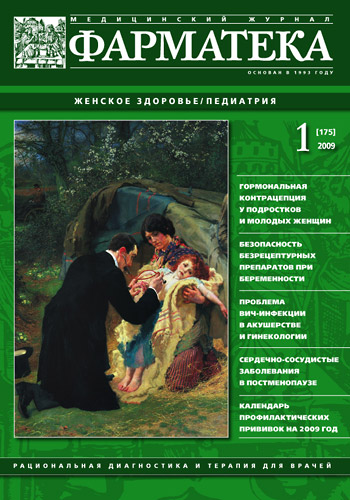Chronic Venous Diseases: How Can Help Family Practice Physician, The Most Privileged Patient Interlocutor?
Chronic venous diseases: how can help family practice physician, the most privileged patient interlocutor?T.V. Alekperova
Varicose veins and telangiectasia are the most common manifestations of chronic venous disorders of lower limbs (HVD). The presence of trophic disturbances on the low limb skin is associated with decompensation of chronic venous disease and characterizes the development of chronic venous insufficiency (CVI). High incidence of this pathology; illness; severe complications – all of these require careful and competent treatment of varicose veins in the lower limbs by any medical practitioner. The possibilities of general practitioner in terms of diagnosis and treatment HVD and CVI are discussed. The present classification CEAR identified optimal levels of diagnosis for each class of diseases - from zero to six (the last). It is emphasized that existing therapeutic and diagnostic phlebological methods aimed to improvement of patient’s quality of life, and treatment programs depends not only on the characteristics of the venous system lesions and the clinical class of disease, but also on the expectations of each patient.
Keywords
chronic venous disorders
chronic venous insufficiency
compression therapy
venoactive drugs
Antistax
extract of red vine leaves



